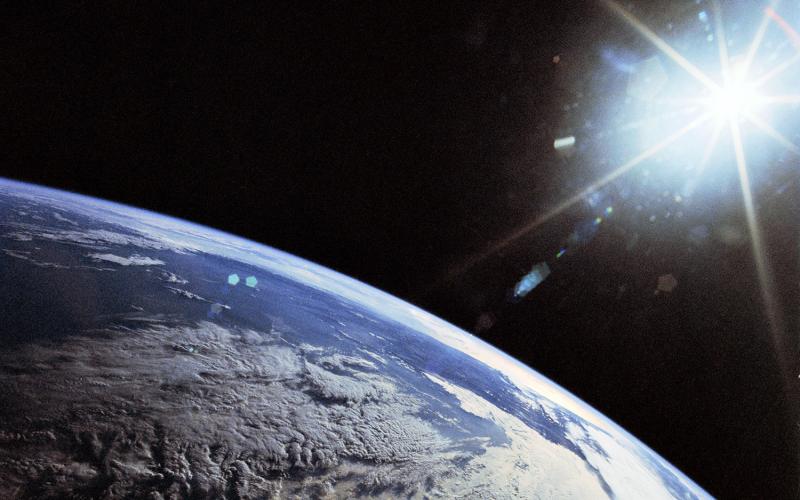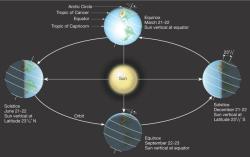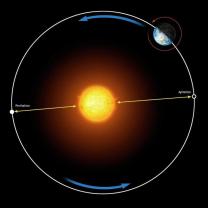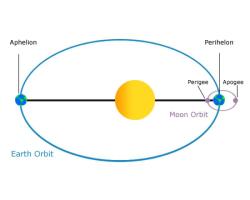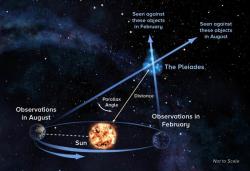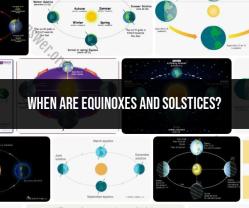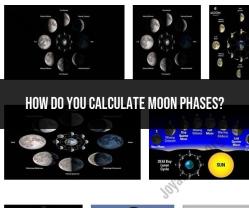What is the furthest point in space from Earth?
Identifying the farthest point in space from Earth is a challenging task due to the vastness of the universe and the continuously expanding nature of space. The observable universe extends billions of light-years in all directions, making it difficult to pinpoint a single location as the "farthest point." Additionally, the universe does not have a center or an edge from which distances can be measured.
However, scientists can identify regions of space that are particularly distant based on the observable universe's size and age. The observable universe is the part of the entire universe that we can see and detect with our instruments, and it has a radius of approximately 46.5 billion light-years. This means that the farthest observable objects are located around 46.5 billion light-years away from us in various directions.
It's crucial to understand that as we observe more distant objects, we are looking back in time. The light from these objects takes a significant amount of time to travel across the vast cosmic distances to reach us. Therefore, when we observe objects that are billions of light-years away, we are essentially seeing them as they were billions of years ago.
While we cannot precisely point to a single location as the "farthest point" in space, the observable universe's edge represents a vast expanse that continues to be a subject of exploration and study in the field of cosmology. As our observational capabilities improve, astronomers may discover even more distant and faint objects, providing insights into the early stages of the universe.
The concept of the furthest point in space is a complex one, as the universe is constantly expanding and evolving. However, astronomers have identified the most distant object ever observed, located approximately 13.4 billion light-years away from Earth. This object, known as GN-z11, is a galaxy that was observed as it existed just 400 million years after the Big Bang.
Determining Distances in Space
Astronomers use a variety of methods to determine the distances to objects in space, including:
Redshift: As objects move away from us, their light is stretched, resulting in a shift towards the red end of the spectrum. This shift, known as redshift, is directly proportional to the distance of the object.
Cosmic ladder: By comparing the brightness and distances of objects of known luminosity, astronomers can estimate the distances to other objects.
Hubble's Law: This law states that the farther away a galaxy is, the faster it is moving away from us. By measuring the redshift of a galaxy, astronomers can calculate its distance using Hubble's constant.
The Edge of the Universe
The question of whether there is a definitive "edge" to the universe is still a subject of debate among scientists. Some believe that the universe is infinite and has no boundaries, while others believe that it is finite but has no edge in the traditional sense.
The prevailing theory, known as the Big Bang model, suggests that the universe began as a singularity about 13.8 billion years ago and has been expanding ever since. If this theory is correct, then there would be no edge to the universe, as it is still expanding in all directions.
However, there are other theories that suggest the universe may have a finite size or that it may be curved in on itself, creating a sort of "edge" that we cannot observe.
Ultimately, the question of whether there is a definitive edge to the universe remains unanswered. Further research and observations may provide more insights into the nature and structure of the universe.
